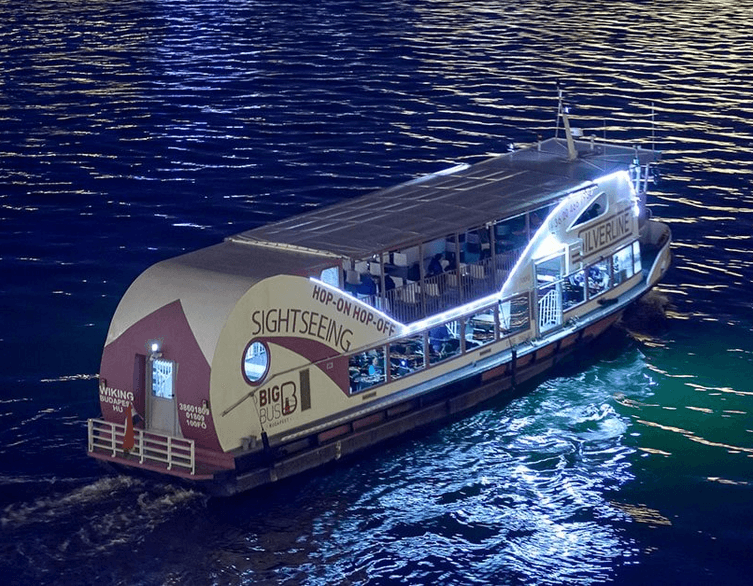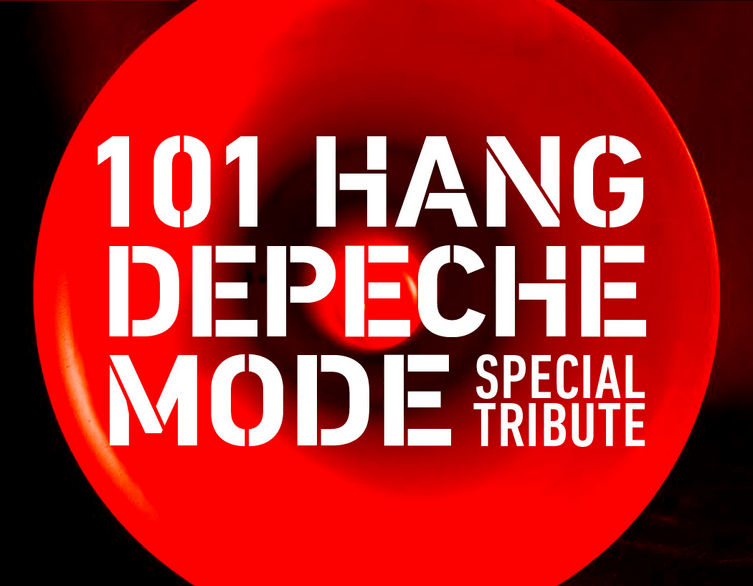Inside the MVM Dome: The Hidden Technology Redefining Europe’s Event Stage

Budapest’s Brightest Stage Lights Up
When the world’s eyes turn to Budapest this November for the Counter‑Strike 2 World Championship, the StarLadder Major 2025, most spectators will see a striking sight—a gleaming steel‑and‑glass arena holding 20,000 fans under dazzling lights. But beyond the spectacle lies a story of innovation you won’t see on stage. Beneath the floors, inside the walls, and above the soaring ceiling of the MVM Dome, a network of invisible systems works in perfect harmony. This is not only Hungary’s largest arena; it’s one of the smartest, most technologically advanced venues in Europe, purpose‑built for events where failure is not an option.
Why E‑Sports Push Architecture Beyond Music
Hosting an e‑sports world championship is nothing like setting up a rock concert. A Metallica show might shake the building with sound and light, but an e‑sports Major is closer to running a live global broadcast studio, a high‑security data center, and a stadium performance—all at the same time. Dozens of gaming machines worth thousands of dollars each need flawless connectivity. Commentator booths, analysis desks, and millions of online viewers demand zero delay, crystal‑clear video, and uninterrupted power. Even a millisecond of lag or a sudden blackout could cost millions and tarnish reputations. The MVM Dome was engineered from the ground up to meet these unforgiving standards.
The Race for Zero Latency
In the world of competitive gaming, perfection is measured in milliseconds. Professional players rely on split‑second reactions, and that means latency—the infamous “ping”—must be as close to zero as possible. The MVM Dome’s internal network infrastructure is built to military standards, with redundant optical fiber lines running separately through the arena.
Best deals of Budapest
Every digital function operates on its own secure network: one for the players, another for production, a third for the press, and even a fourth for the crowd of 20,000 spectators using high‑speed Wi‑Fi. These systems are completely isolated from one another, eliminating interference. To prevent downtime, the Dome uses multiple independent power feeds and an instant‑start diesel generator park. Even if the entire district lost electricity, the show inside would continue seamlessly—neither the players nor the audience would notice a flicker.
The Hidden Muscles Above the Ceiling
Modern entertainment goes beyond sound—it’s about immersion. A world‑class e‑sports event doesn’t just have a stage; it creates an atmosphere. Massive LED walls, halo displays, rigged cameras, and pirotechnics demand infrastructure strong enough to hold the weight of an entire light show hanging above the crowd.
The MVM Dome’s roof system ranks among the most robust in Europe. It features a built‑in “mother‑grid” and catwalk network allowing technicians to suspend multi‑tonne structures safely and to adjust cameras or lighting rigs at any angle. The arena’s sweeping interior—with no obstructing pillars and spectacular vertical space—ensures everyone sees the same panoramic experience, whether they’re courtside or in the top row.
A Broadcast Powerhouse Inside an Arena
What sets the MVM Dome apart isn’t just what happens on stage—it’s what happens behind it. For StarLadder Major 2025, the venue will operate much like an international television compound. Beneath the spectator tiers, soundproofed control rooms and server hubs connect directly to camera ports throughout the arena. Massive data channels and fiber connections support real‑time 4K broadcasting to millions around the world.
Outside the Dome, an expansive technical zone accommodates OB vans—mobile broadcasting studios equipped with their own high‑capacity power and data interfaces. Thanks to the arena’s plug‑and‑play infrastructure, broadcast crews can simply connect and start streaming immediately without laying temporary cables.
Budapest’s Secret Weapon in Global Competition
Budapest’s victory in hosting the Major wasn’t a coincidence. While the city has long been known for its rich architecture and culture, the MVM Dome adds a new chapter—showcasing its readiness for the digital era. This state‑of‑the‑art venue demonstrates that Budapest can compete with Paris, Berlin, or Copenhagen not only in charm but in technology.
The arena’s invisible backbone is what truly makes it special. It blends engineering precision with design elegance, offering organizers flexibility for everything from concerts and sports to international e‑sport tournaments. For the upcoming championship, it’s both proving ground and global introduction—a moment that will secure Budapest’s place on the world map of high‑tech entertainment hubs.
The Future Built Into the City
As spotlights blaze across the Danube this November, the MVM Dome will represent more than a building; it will embody an idea. Hungary’s capital is showing that innovation isn’t always visible—it hums quietly beneath the surface, powering experiences that connect audiences across continents.
When the final match plays out and millions watch Budapest host the world’s elite gamers, one thought will stand out: this city didn’t just build an arena. It built the future of live entertainment.
Related news
Related events





















